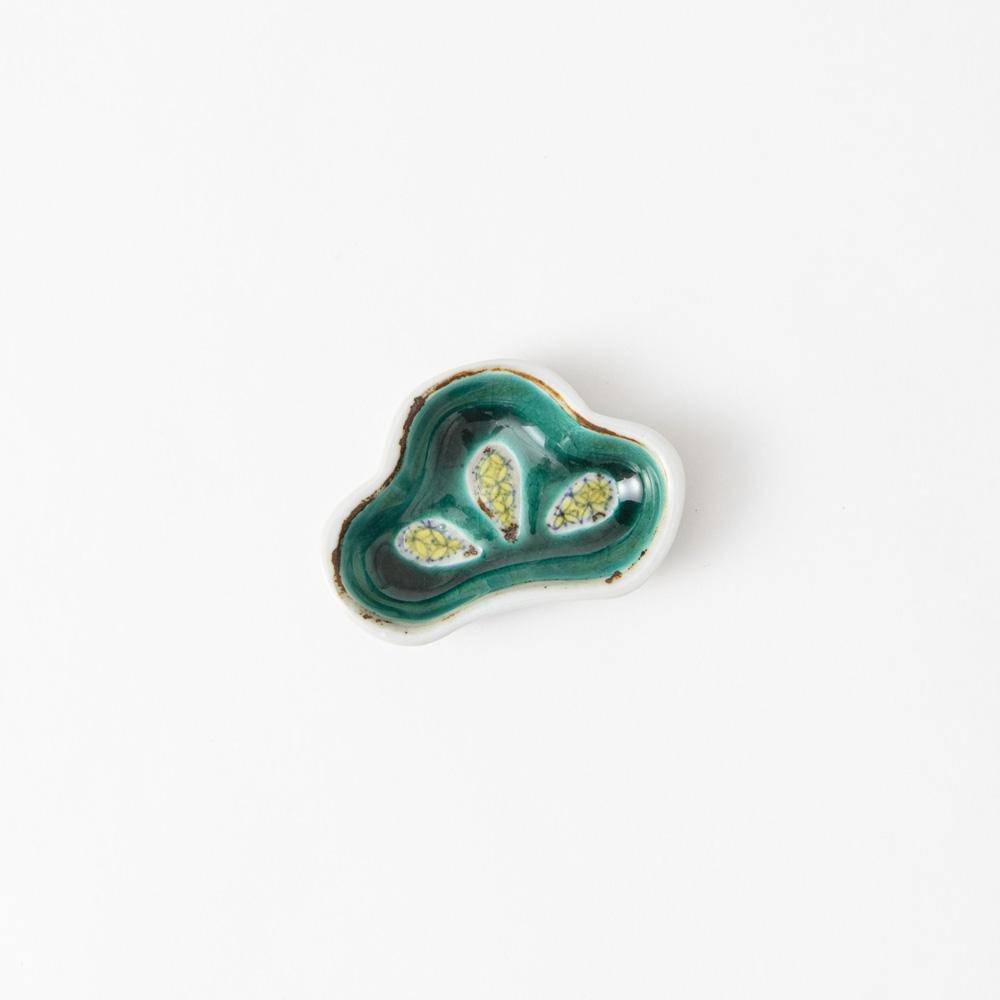
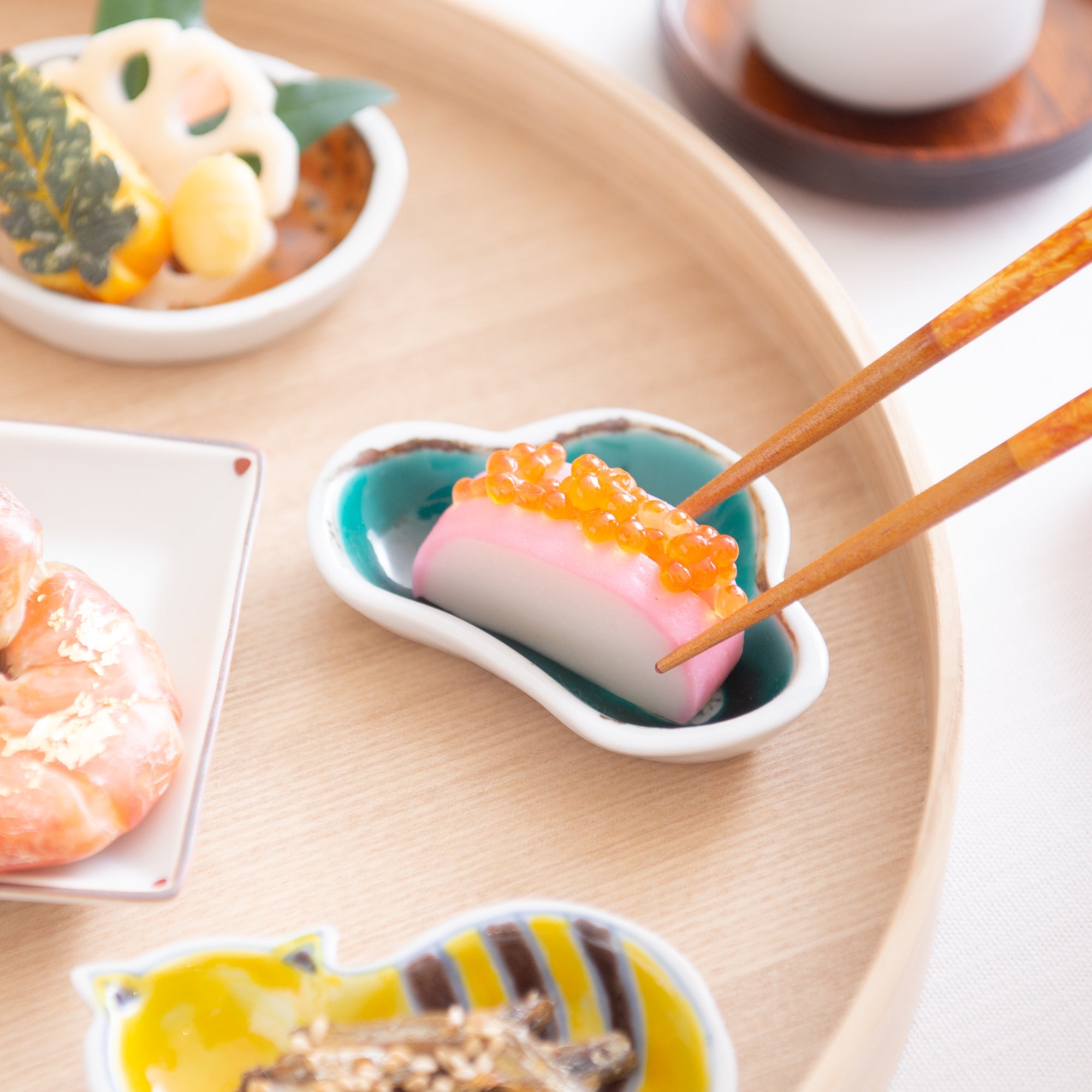
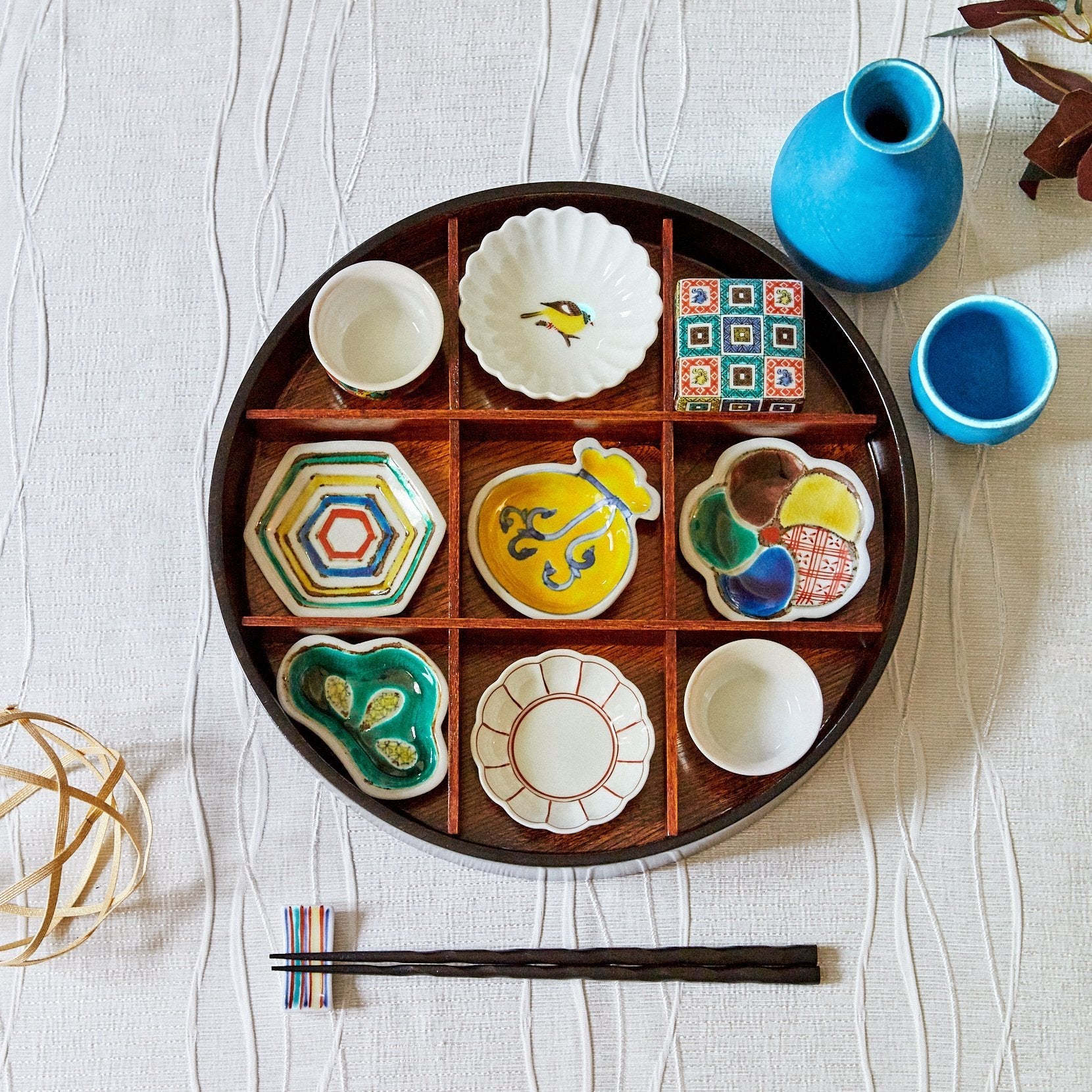
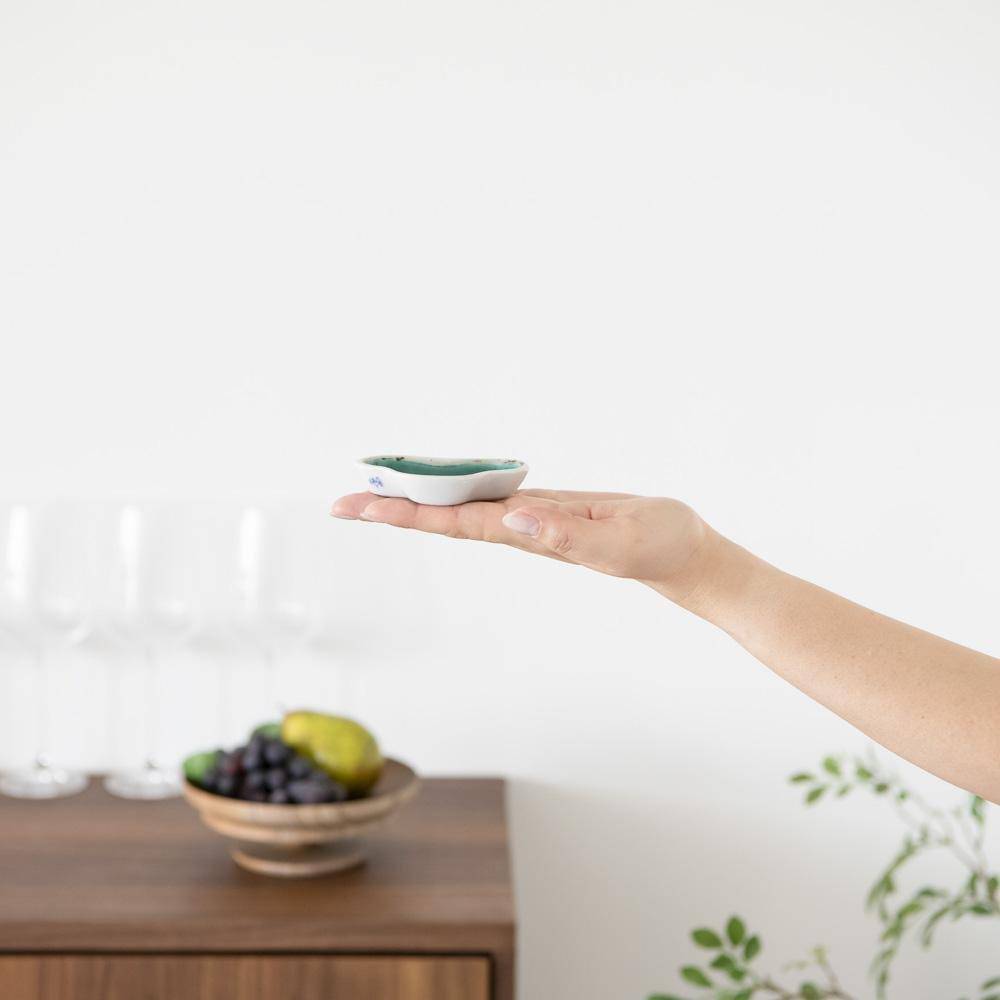
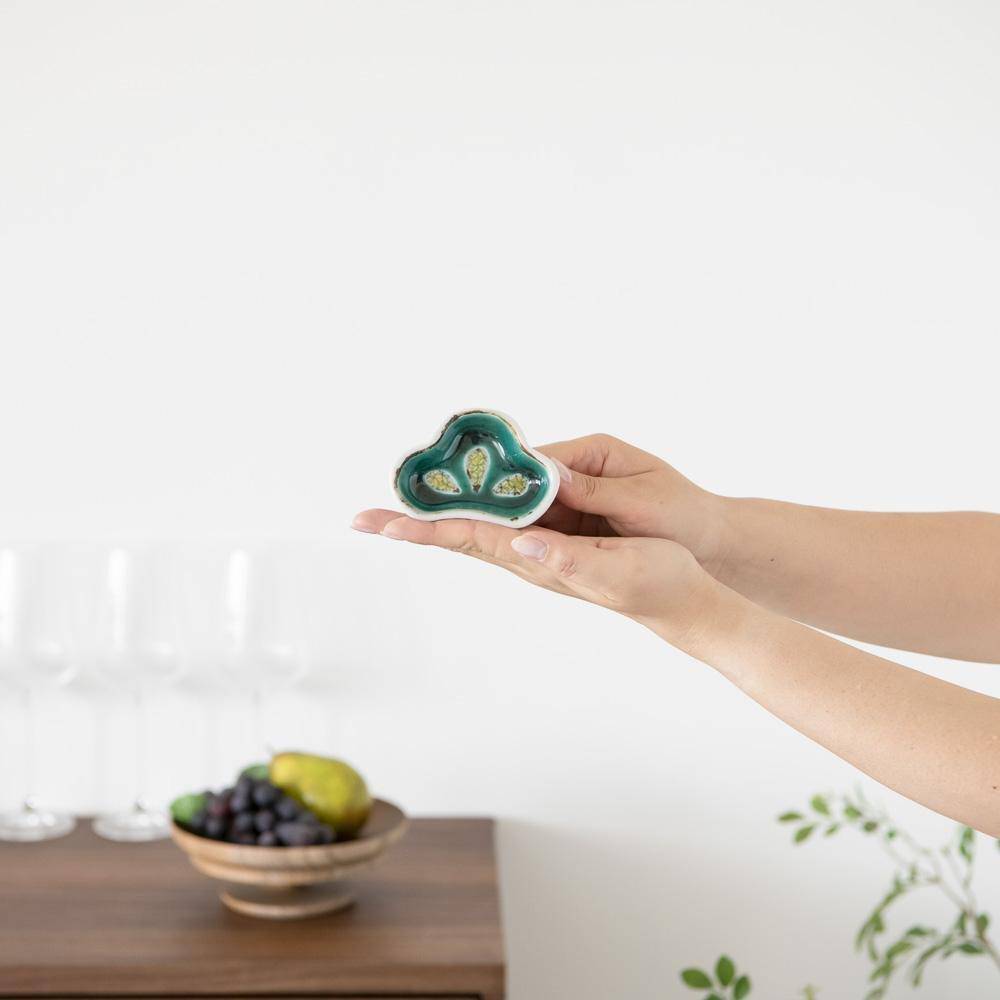
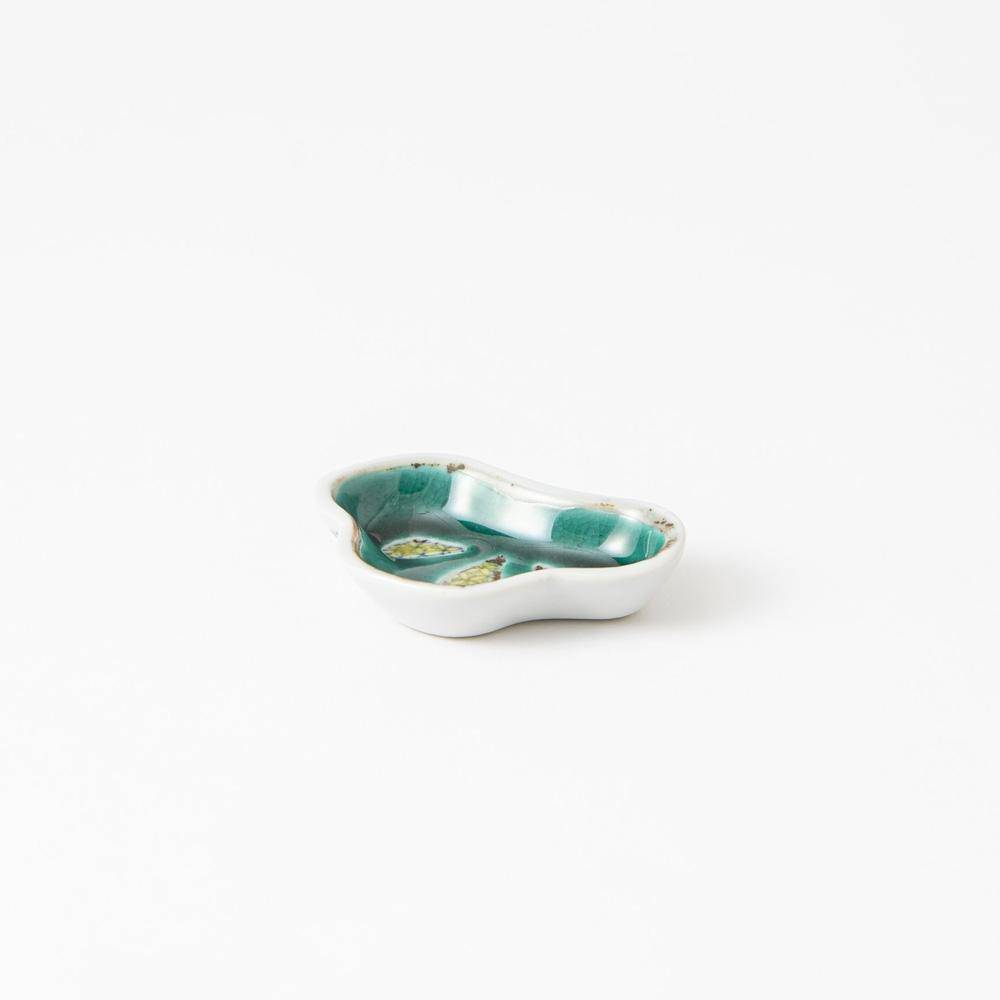
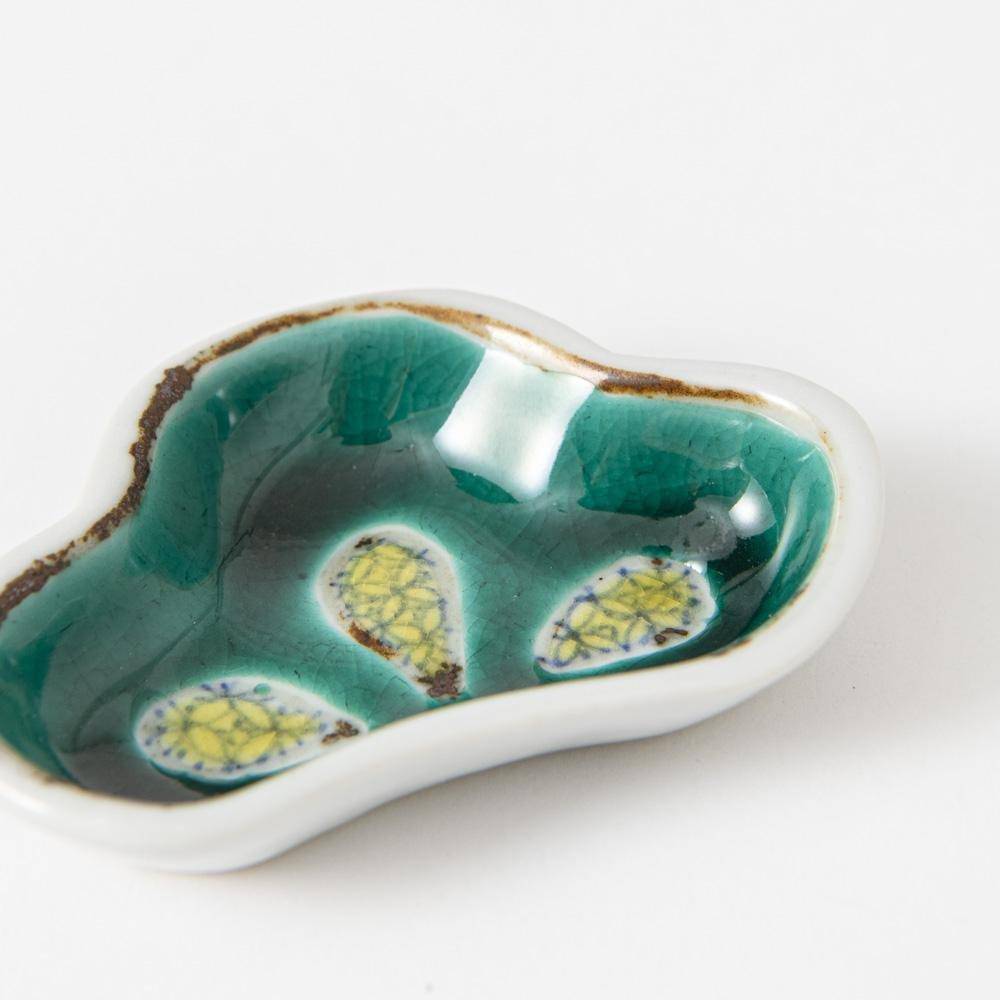
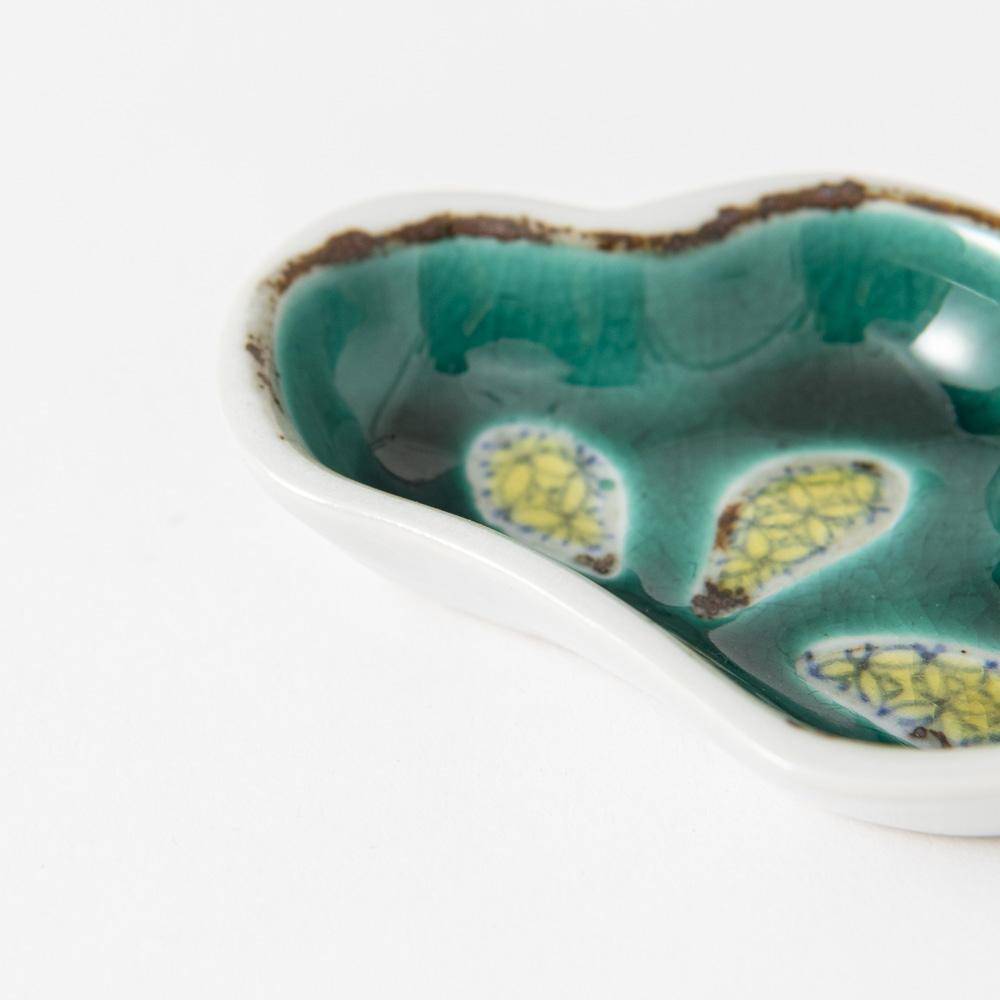
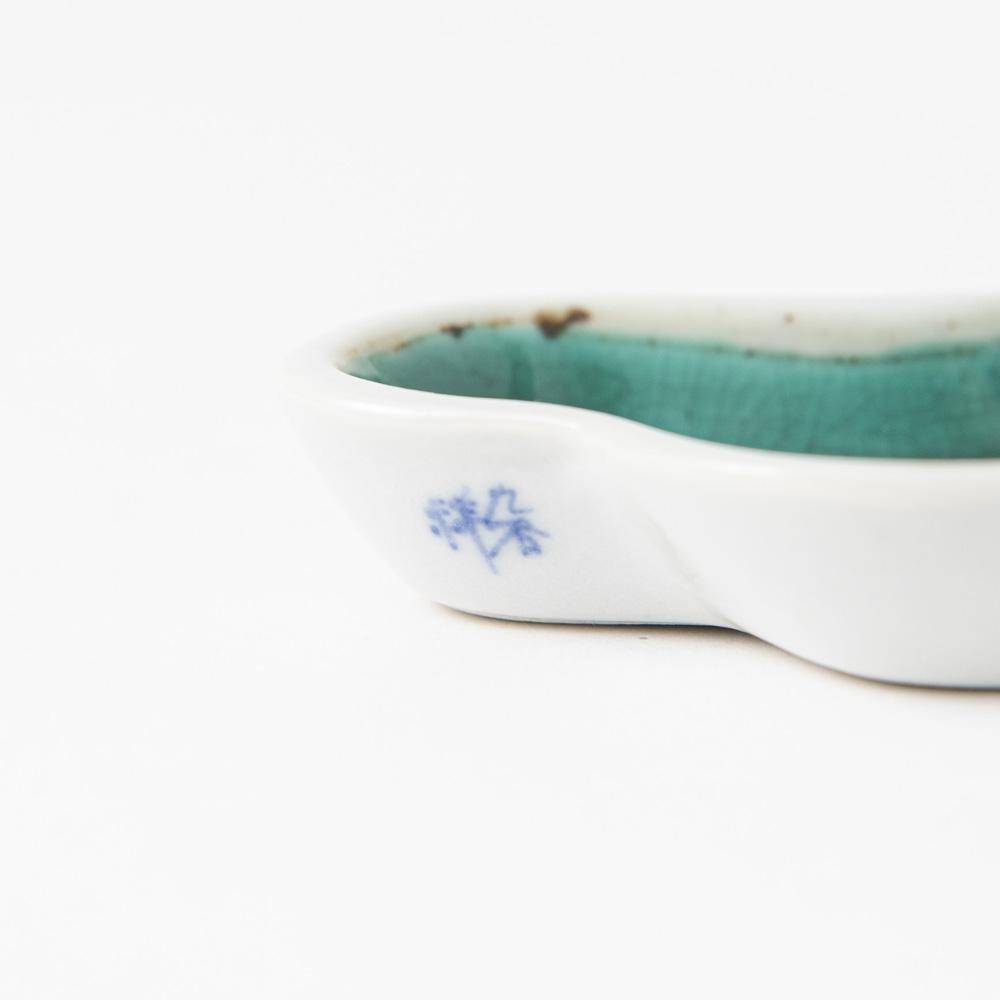
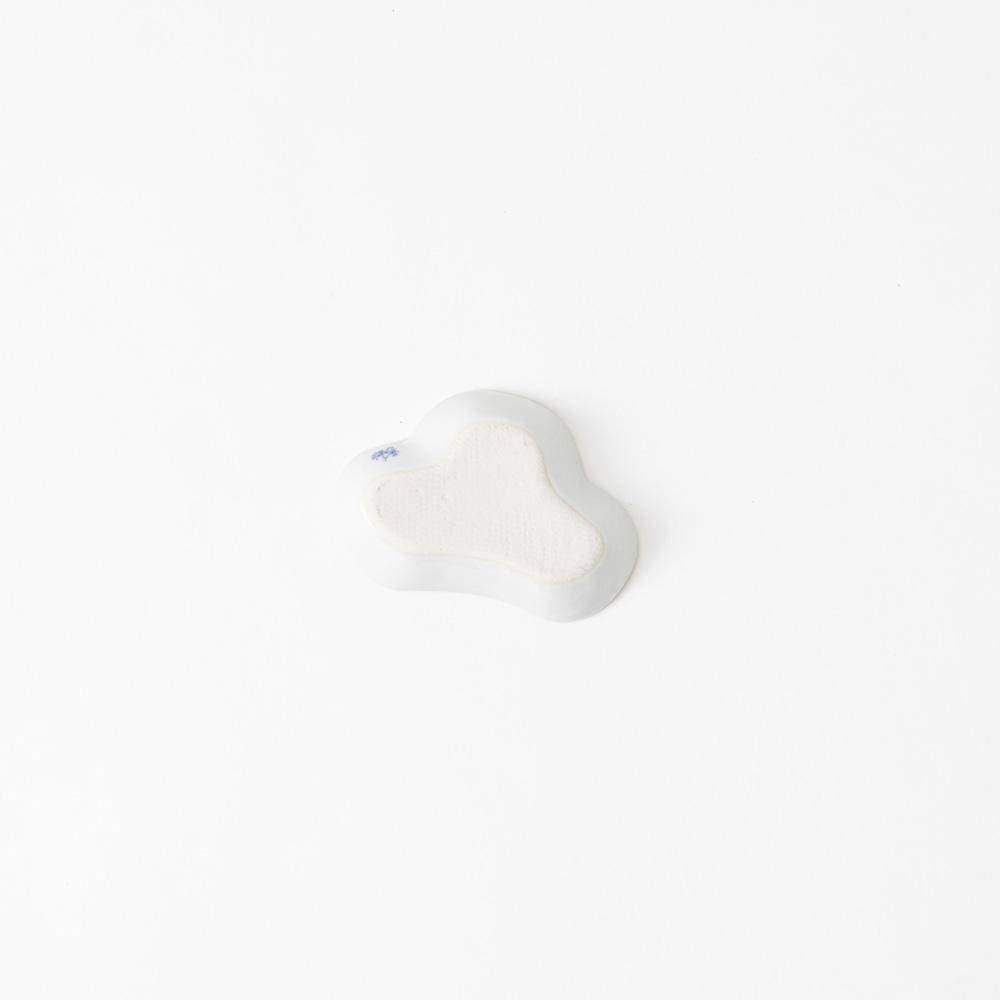
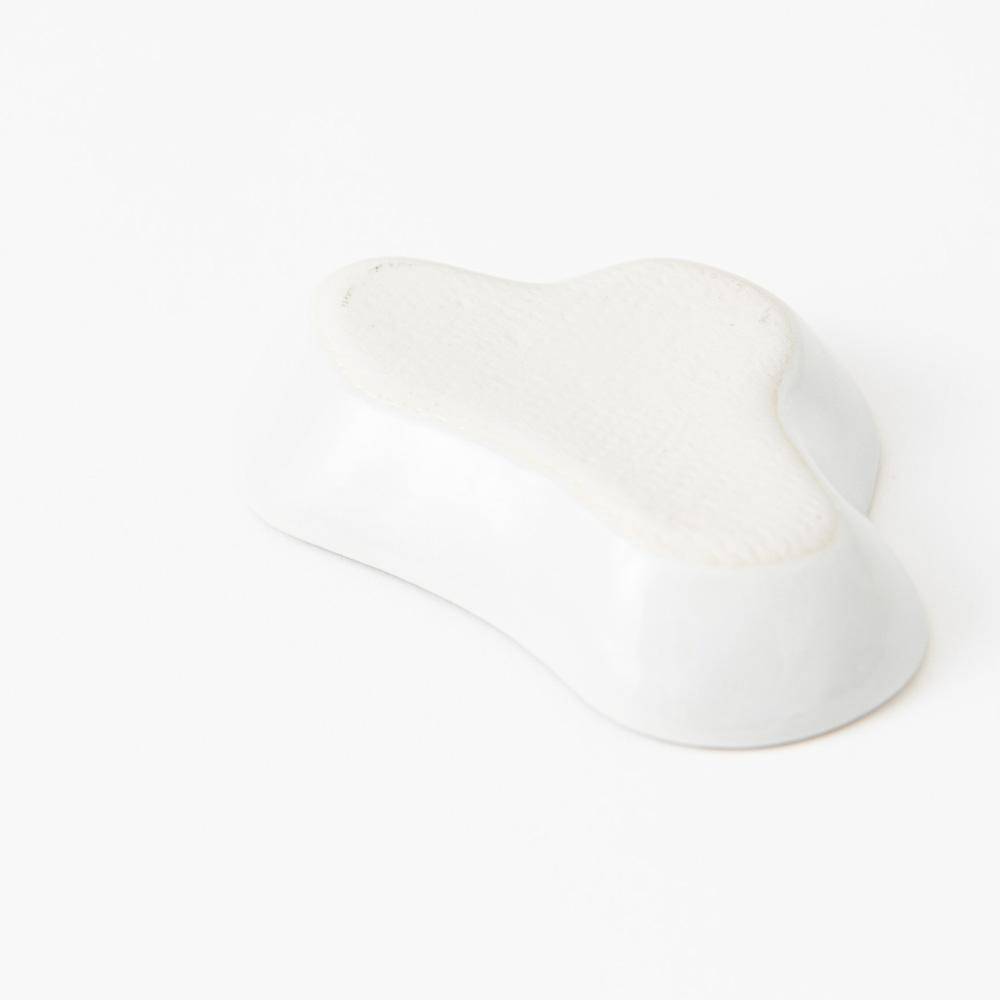
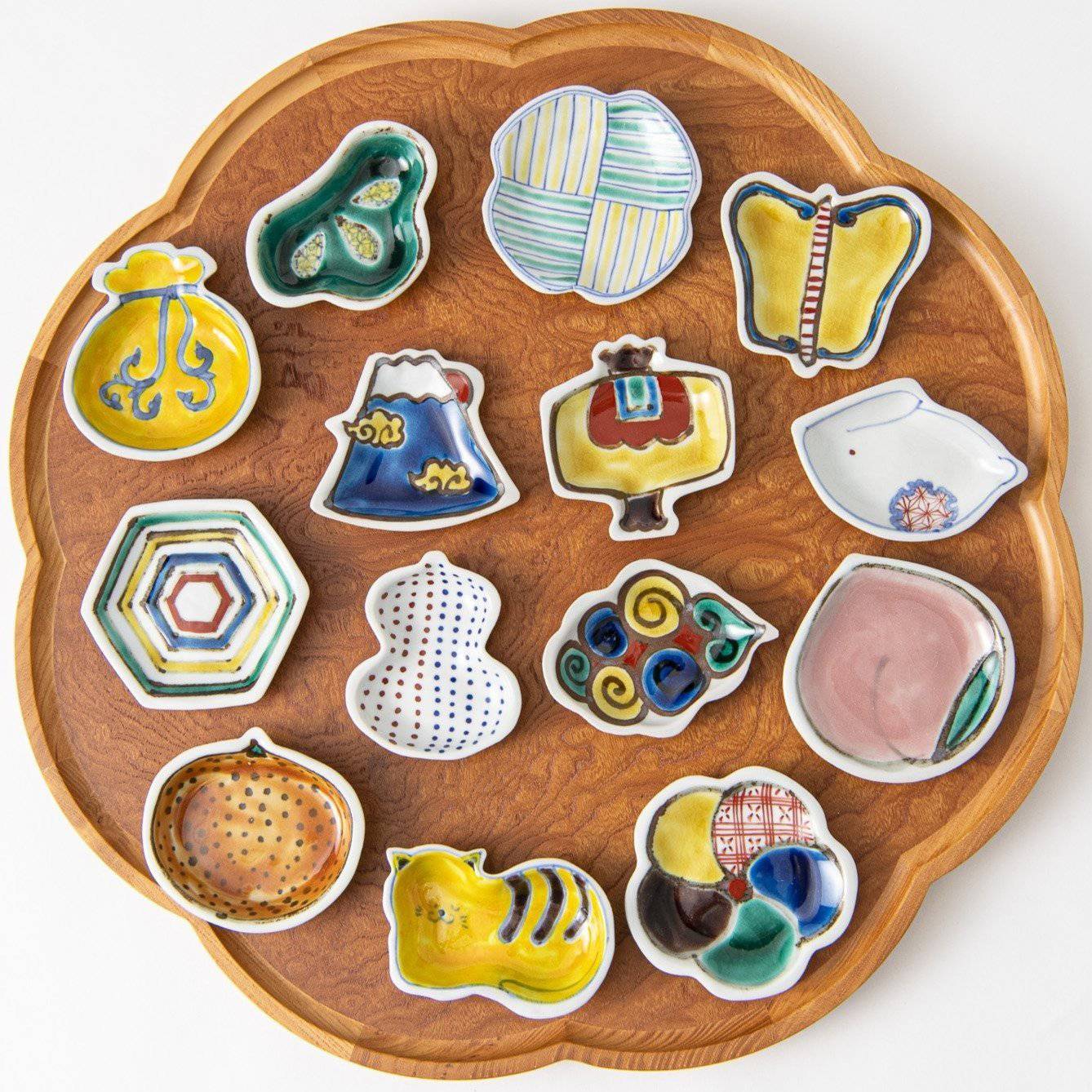
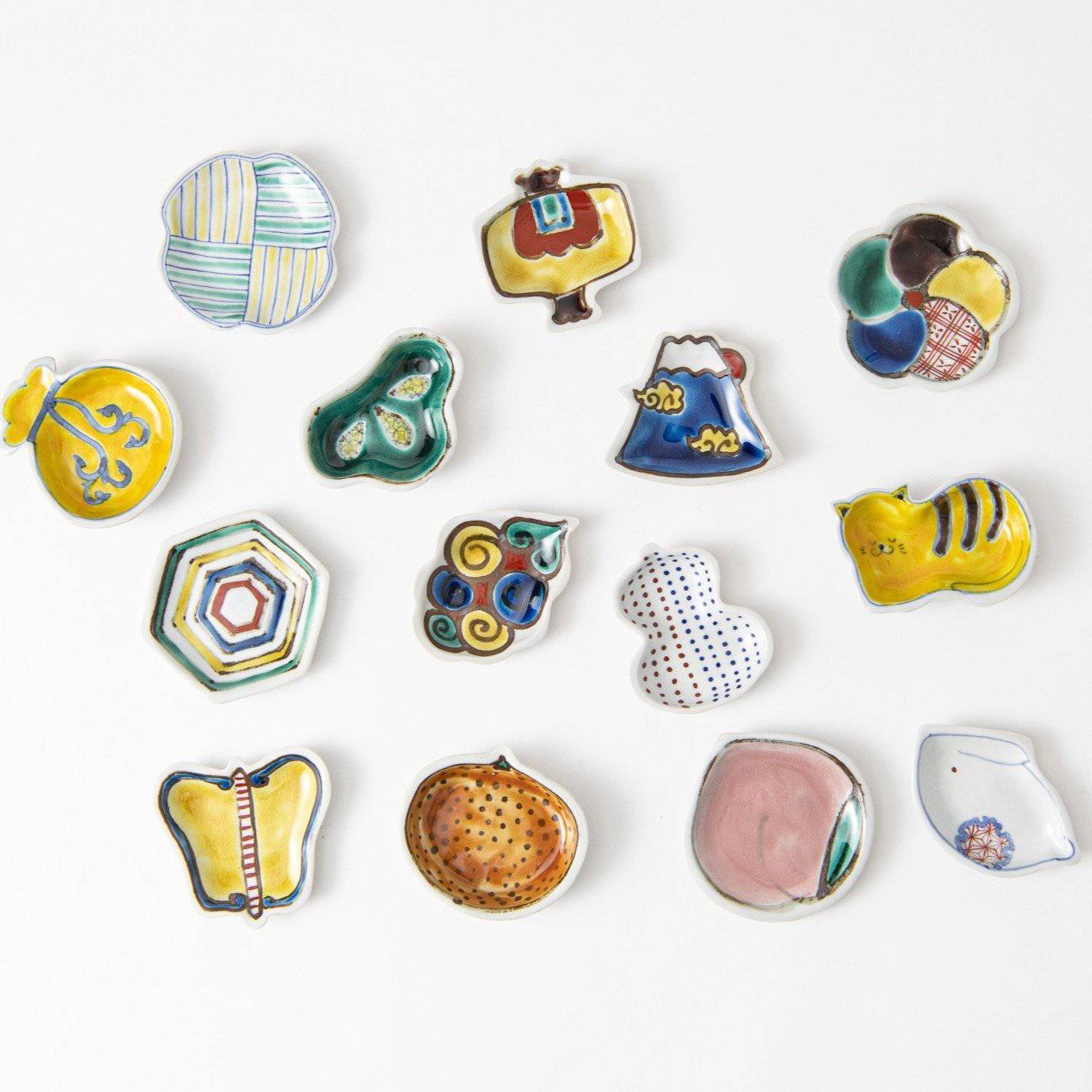
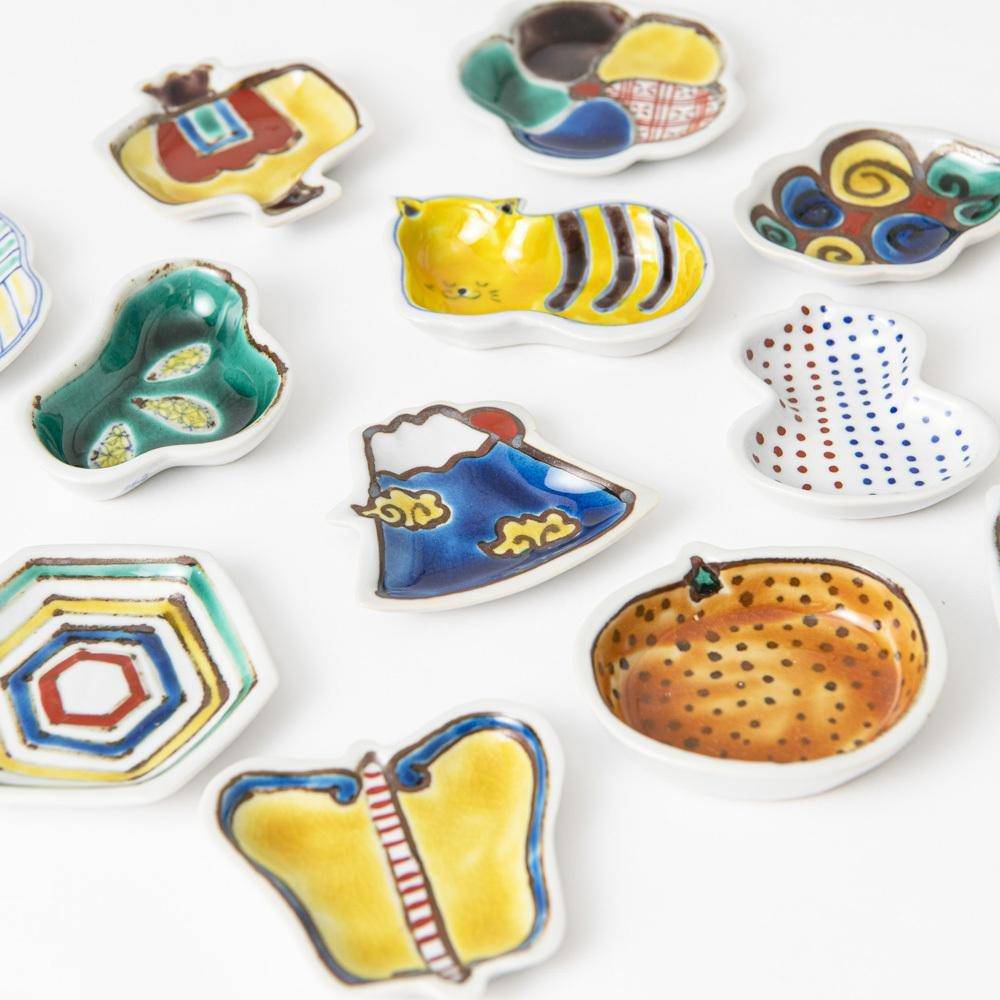
Pine Sauce Plate
Estimated Shipping Widget will be displayed here!
This pine-shaped Japanese plate is perfect for celebrating special occasions as well as everyday use. The pine tree is an evergreen tree and is a symbol of "eternal life." In addition, some pine trees are thousands of years old and are said to be auspicious because they are associated with immortality and longevity.
Perfectly sized as a sauce plate, it is also versatile enough to serve cheese, nuts, condiments, and other small bites. You can also use it to hold a small portion of food or relishes, placing it on a larger plate or inside a bento box for a more stylish and refined presentation.
This plate makes a thoughtful gift for yourself or a loved one, whether as a wish for good health or a token of good luck.
DETAILS
| Quantity | 1 |
| Size | 8.5 cm (3.4 in) x 5.8 cm (2.3 in) x 1.3 cm (0.5 in) |
| Material | Porcelain |
| Microwave | Yes |
| Dishwasher | Yes |
Maker / Brand
Founded in 2017, Soukyu Kiln is a new Kutani ware kiln located in Nomi, Ishikawa Prefecture. The studio is operated by Sakurai Chie, a ceramic artist, and her husband.
They are particularly keen on the Kutani gosai, the five colors of Kutani ware: red, blue, yellow, navy blue, and purple. The charm of their work is the careful decoration, using their own unique blend of paints and repeatedly putting them in the kiln until the colors are satisfactory. The vivid, transparent and glossy paint is very beautiful and full of the warmth of handwork.
Origin
Kutani ware is a pottery produced in the Kaga region of Ishikawa Prefecture and it has a history of over 350 years. It is characterized by the heavy brilliance of the five colors of green, yellow, red, purple, and navy blue that are applied to the bold and daring lines. Its long history has evolved through the tireless efforts and enthusiasm of people who have sought innovation while maintaining tradition.
The beauty of the various styles and methods of painting is known as "Japan Kutani" and is highly regarded around the world.
Choose options














Sauce Plates
Ranging in style from elegant to kawaii, our collection of Japanese sauce plates is perfect for when you need something small yet versatile for your dining table. Conveniently sized for soy sauce and other condiments accompanying sushi or noodles, these dishes are also just right for bit-sized cheese, nuts, and appetizers. A must-have for any meal.
This category includes plates with diameters under 12.9 cm (5.1 in).
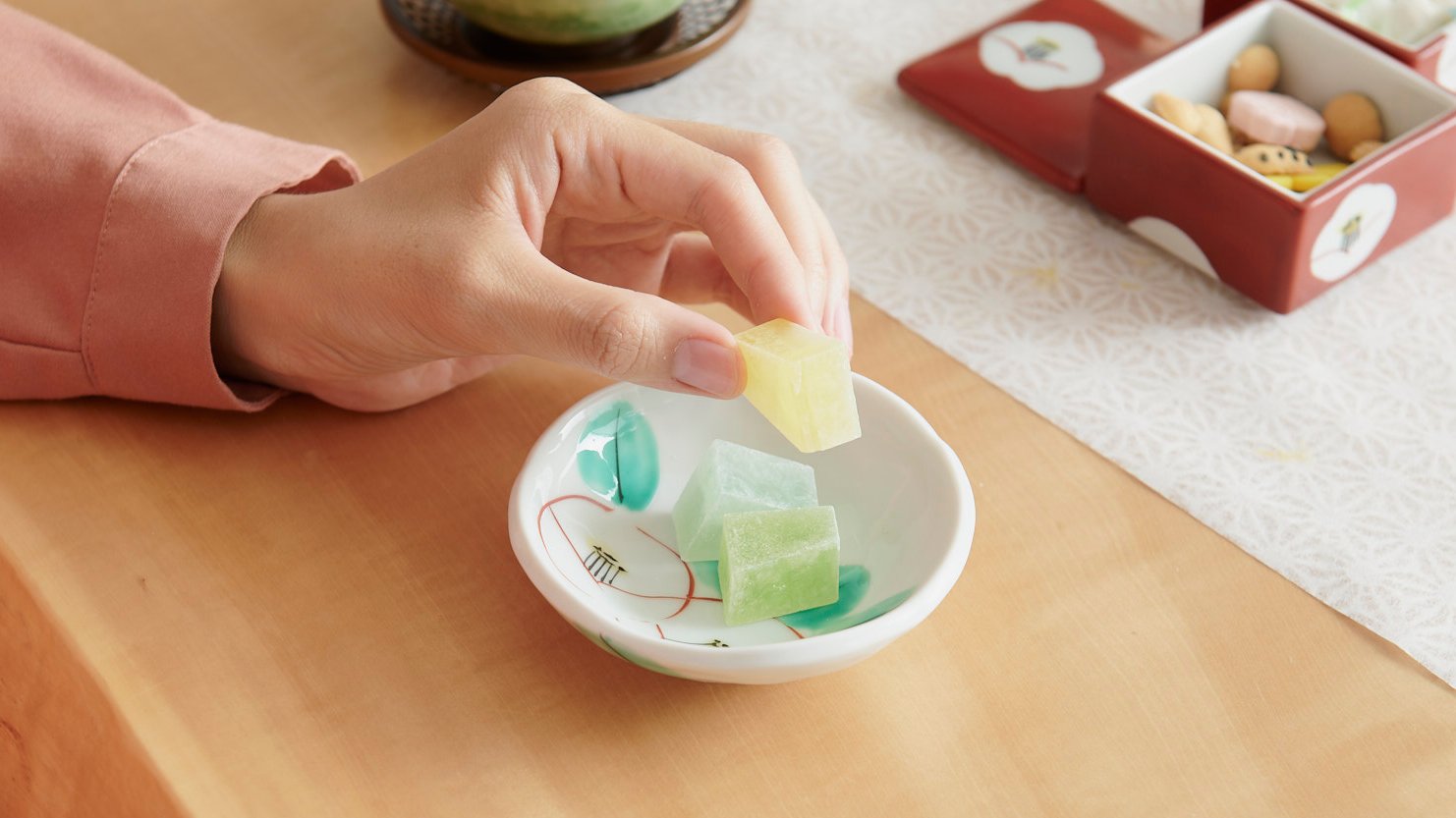
Pine
In Japanese culture, the pine tree has long been appreciated as an auspicious motif, often used to decorate art pieces and tableware. In Japan, the pine tree is a symbol of strength, good fortune, and endurance. It also represents longevity due to its evergreen foliage and long lifespan.
Delicate designs of pine trees and pine needles on lacquerware and porcelain make a luxurious addition to a tablescape. These beautiful pieces will add a touch of elegance and sophistication to any part of your home.
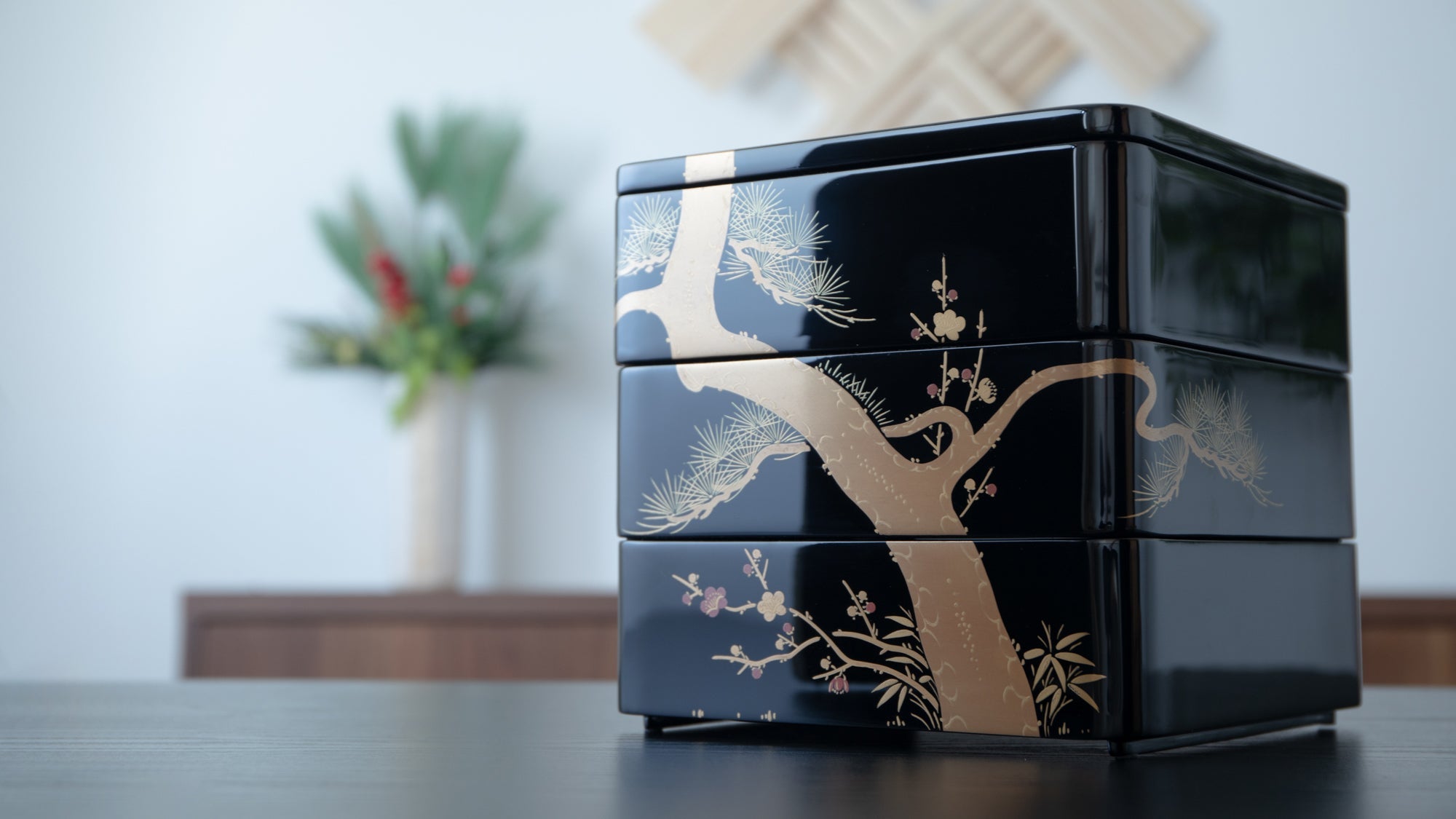
Guide to Japanese Plates
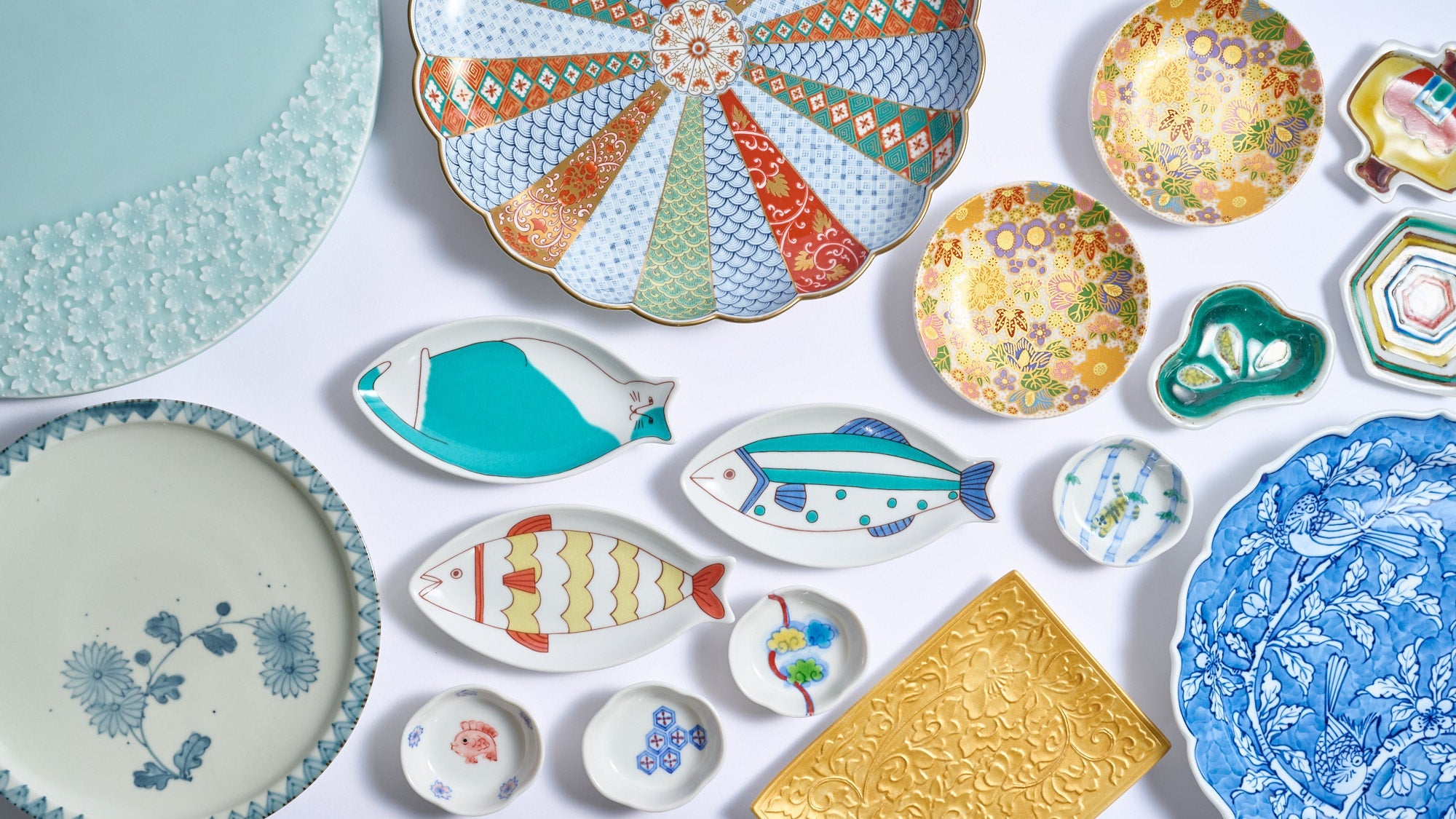
The Marvels of Japanese Mamezara Miniature Plates
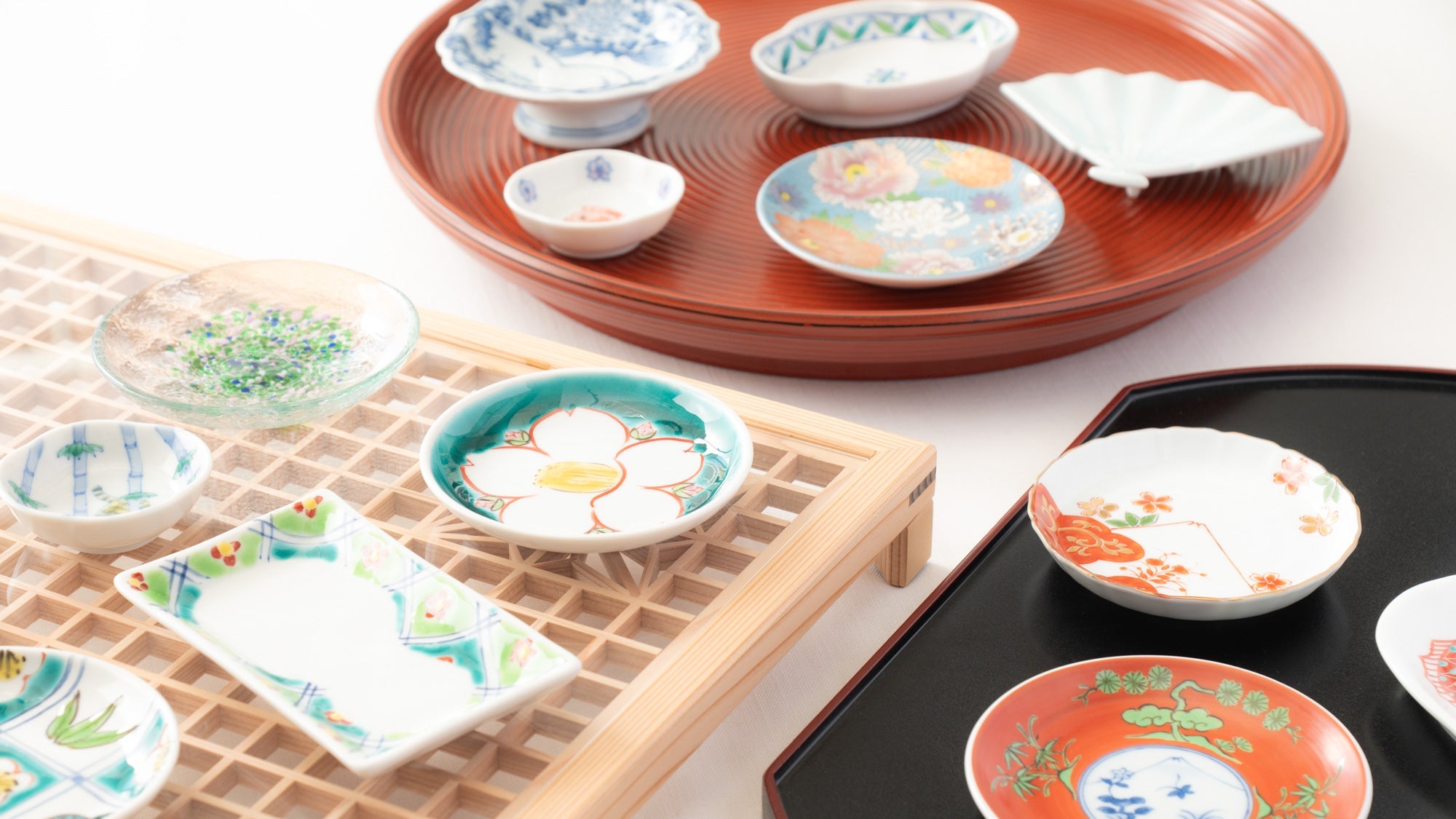
Bites of Blessings: Osechi Ryori on Elegant Small Plates
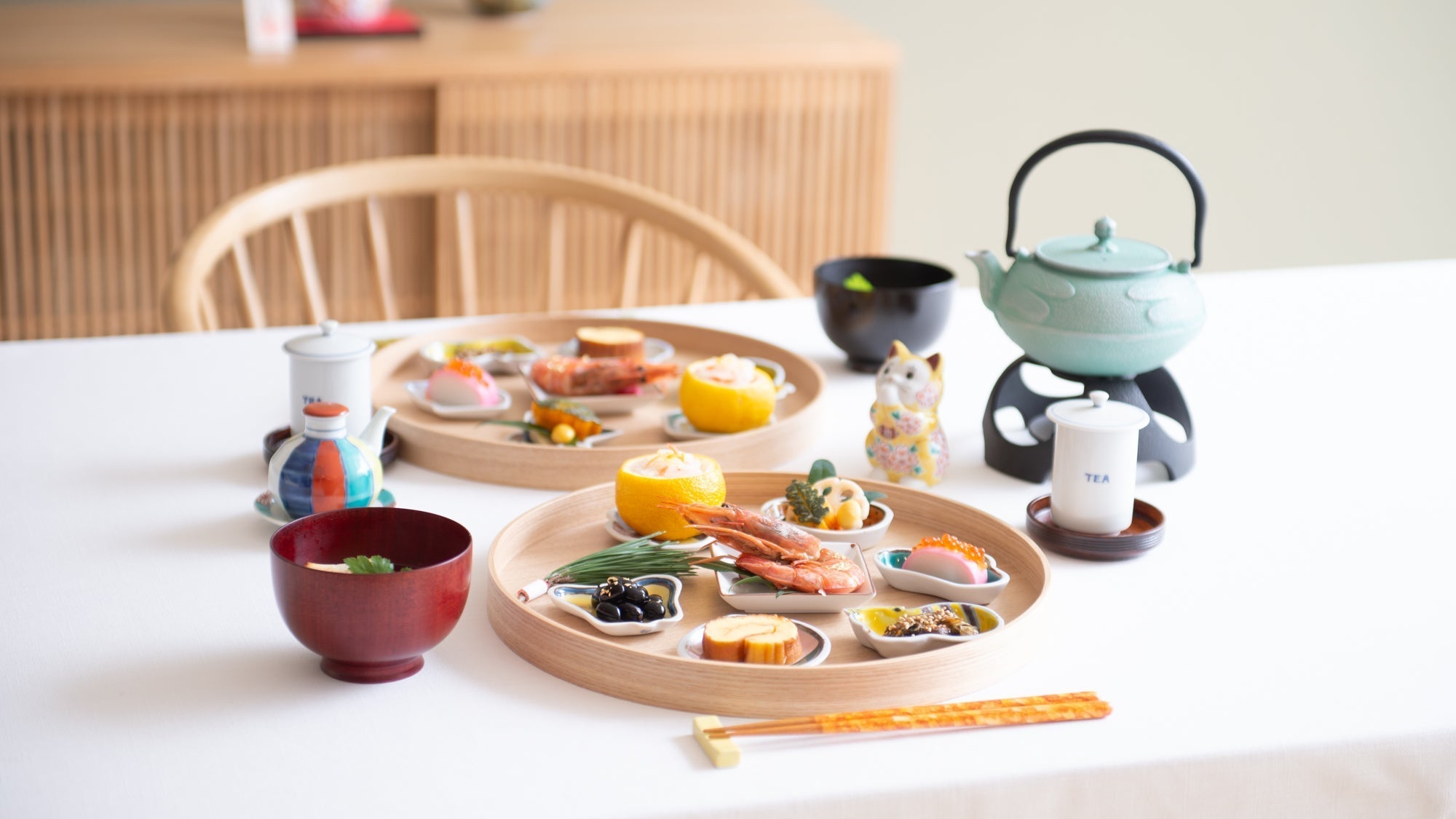
International Shipping
Multiple shipping options available, with discounted shipping for orders over 500000 and free shipping over 5000000.
Insured shipping service
Full compensation for any accidental damage that may occur during transit.
Made by Japanese craftsmen
Fair prices plus free furoshiki wrapping with every order.

